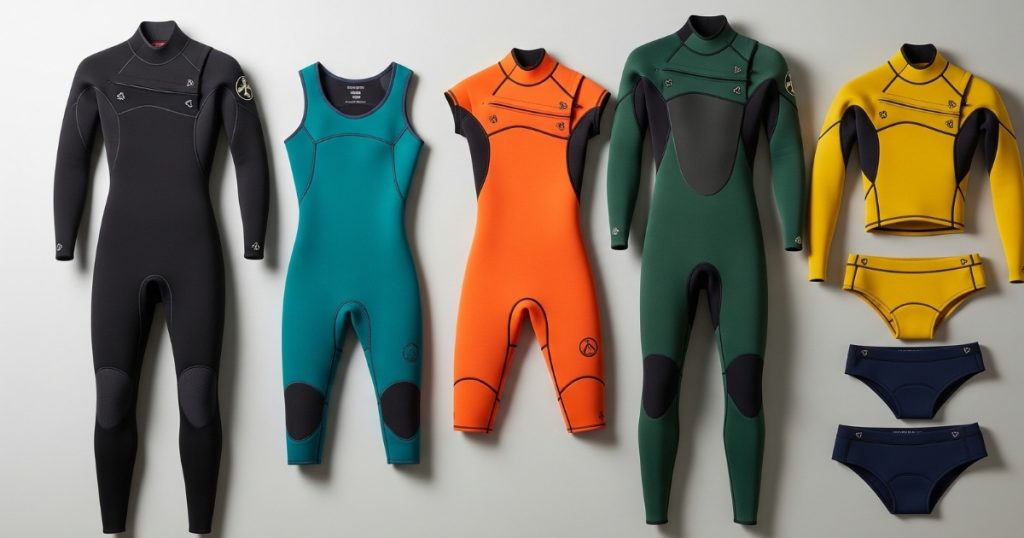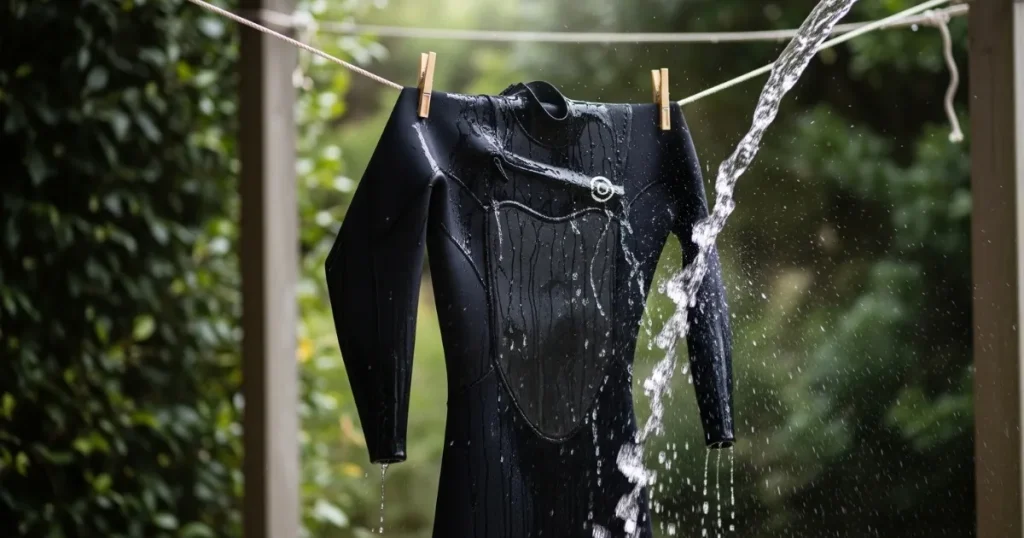Hey there, fellow wave riders! It’s your pals here at Surf Shop Cabo, and if there’s one thing we know, it’s that staying comfortable in the water means more time ripping those tasty waves. That’s why we’ve put together this comprehensive guide to surf wetsuits. Choosing the right surf wetsuit is crucial, whether you’re just starting out or you’re a seasoned pro chasing barrels. Let’s dive into how to choose the perfect rubber and keep you stoked in any condition.
Why is a good surf wetsuit so darn important? Well, besides keeping you warm in chilly waters, a quality wetsuit can also provide protection from the sun’s harmful rays and those unexpected bumps and scrapes. Trust us, paddling out in anything less than the right gear can cut your session short faster than a hungry shark. We want you out there longer, catching more waves, and having a blast!
One of the first things you’ll hear us talk about is how to choose a wetsuit. It’s not just about grabbing the coolest-looking suit off the rack (though we’ve got plenty of those!). The key factors to consider are water temperature, the time of year, and your personal tolerance to cold. Getting this right is a game-changer for your surfing experience.
Understanding the Different Types of Wetsuits

When you start looking at types of wetsuits, you’ll quickly realize there’s more to it than just short sleeves or long sleeves. The main distinctions come down to coverage and how the suit is put together. We’re talking full suits, spring suits, short Johns, long Johns, and even tops and bottoms you can mix and match. Each type is designed for specific conditions and water temperatures.
Full suits offer maximum warmth by covering your entire body, making them ideal for colder waters. Spring suits, with short sleeves and legs, are perfect for milder conditions when you need a little something extra but don’t want to overheat. Short Johns are sleeveless with short legs, offering core warmth without restricting arm movement, while long Johns are sleeveless with full legs, providing more warmth than a short John. Finally, neoprene tops and bottoms give you versatility for layering.
The construction of the wetsuit also plays a big role in flexibility and warmth. You’ll hear about flatlock seams, glued and blindstitched (GBS) seams, and even liquid taped seams. Flatlock seams are durable and breathable, making them common in warmer water suits. GBS seams are watertight, as the edges are glued together and then stitched without fully penetrating the neoprene. Liquid taping reinforces GBS seams, making them even more water-tight and durable, which is key for cold water wetsuits.
Decoding Wetsuit Thickness: Finding Your Perfect Millimeter
Now, let’s talk thickness. This is where the millimeters come in – you’ll see suits advertised as 3/2mm, 4/3mm, 5/4mm, and so on. The first number indicates the thickness of the neoprene in the torso area, and the second number refers to the thickness in the arms and legs. A thicker torso provides more core warmth, while thinner extremities allow for greater flexibility for paddling.
Choosing the right wetsuit thickness is paramount. For warmer waters (say, 68°F and up), a 2mm or even a spring suit might be all you need. As the water gets cooler (mid-50s to low 60s), a 3/2mm or 4/3mm is generally a good choice. For truly chilly waters (below the mid-50s), you’ll want to look at 5/4mm or even thicker suits, possibly with booties, gloves, and a hood. We’ve got a killer selection of wetsuits for cold water.
Keep in mind that personal preference and how easily you get cold also play a factor. Some folks run warmer than others. Don’t be afraid to ask us for our recommendations based on the local water temperatures and your individual needs. We’ve seen it all and can help you dial in the perfect how to choose a wetsuit.
Caring for Your Wetsuit: Keeping Your Rubber Happy

Once you’ve invested in a quality surf wetsuit, you’ll want to make sure it lasts. Proper wetsuit care is essential for extending its lifespan and keeping it performing its best. After each surf session, rinse your wetsuit thoroughly with fresh, cold water, inside and out. This helps to remove salt, sand, and any other gunk that can degrade the neoprene over time.
Avoid using harsh soaps or detergents, as these can damage the material. If your suit needs a deeper clean, use a wetsuit-specific shampoo. Always hang your wetsuit to dry in a cool, shaded area, away from direct sunlight. Heat and UV rays can break down the neoprene and cause it to become brittle. Never put your wetsuit in a washing machine or dryer – trust us on this one!
When storing your wetsuit, avoid folding it, as this can create creases that weaken the neoprene. The best way to store it is to hang it on a wide hanger or lay it flat. By following these simple wetsuit care tips, you’ll keep your suit in top shape for many surf sessions to come. We want to see you out there shredding, and a well-maintained types of wetsuits is key to that!
Making the Right Choice: We’re Here to Help
Choosing the right types of wetsuits can feel a bit overwhelming at first, but don’t sweat it! The crew here at Surf Shop Cabo are always stoked to help you find the perfect wetsuits for cold water or warm water suit to match your needs and the local conditions. We can walk you through the different wetsuit thickness options and explain the benefits of various features.
Remember, the goal is to stay warm and comfortable so you can focus on what really matters: catching waves and having a good time. So, swing by our shop or check out our selection online. We’re here to make sure you’re geared up for your next surf adventure!

